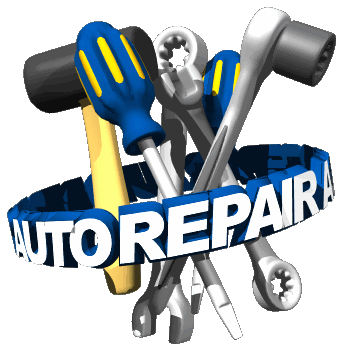
Auto Traders 6 Simple Spring Car Care Tips
Spring is in the air. The warmer weather is a good time to get your car in shape for road trips and weekend getaways. Here are six simple steps to ensure that your vehicle is prepared for what lies ahead.
1. Thoroughly Clean the Car, Inside and Out
There’s nothing like a good spring cleaning. After winter months of bad weather, a thorough wash and wax is the most important thing to do with your car once the winter ends. Often, you’ll discover that a huge amount of road grime, debris, and — worst of all — salt build-up on your car. A thorough cleaning, including the engine bay and beneath the car, to get rid of this accumulated dirt. A normal wash instead of a deep cleaning runs the risk of this build-up to ruin your paint finish and create pockets of rust that can lead to serious problems later.
Here’s an opportunity to make the interior shine. It’s well worth investing a day to spruce up your car’s cabin. Get rid of the trash, papers, and junk that tends to accumulate over the winter. A warm day is a great opportunity to take your time and do a thorough cleaning that includes vacuuming and cleaning the windows inside and out. Don’t forget the trunk. Extra gear like tire chains and sand add weight, which can affect your fuel economy.
2. Check Your Tire Pressure
Tire pressure is especially important in the spring. As air temperatures get cooler during the winter, tire pressures decrease, which probably caused you to fill up your tires during the winter months. But as temperatures get warmer in the spring, tire pressures can rise. If the pressure increases past your manufacturer specification (because you added air during the winter), it can lead to overinflation, which can cause premature tire wear.
When checking the pressure, also take a look at a depth of your tread. You can use a Lincoln penny inserted headfirst into the tread. If you can see any part of the top of his head, it means you should replace your tires. Inspect the sidewalls for any cuts or damage that could weaken the tire carcass and lead to a potential blowout in hot weather.
3. Inspect Your Wiper Blades
As spring starts and temperatures warm up, check your wiper blades for any signs of cracking or wear. The wiper itself could wear dramatically over the winter due to ice buildup or other issues on your windshield. In most parts of the country, you’ll need those wipers for spring rains, so be sure they’re in good working order after winter comes and goes. Experts recommend changing the blades every six months to a year, depending on use and weather.
This is also a good tip for those who live in warmer climes. Direct sunlight tends to oxidize and deteriorate the rubber in wipers. Even if you haven’t had much rain or bad weather, wipers sitting out in the hot sun will eventually fall apart. Spring is a good time to check them no matter where you live.
4. Check Under the Hood
Do a thorough check under your hood to make sure your car’s engine made it through the winter without problems. Specifically, check belts and hoses to ensure the cold temperatures haven’t rendered them brittle or heavily worn. Check your coolant to make sure it’s not too old — an important factor for avoiding overheating as temperatures gradually climb. If you aren’t comfortable performing these checks on your own, contact a local mechanic. While you may get billed for an hour of labor, it’s better than going into the spring with potential issues lurking under your hood.
Also, make sure that your windshield wiper fluid and brake fluid are topped off. While it’s normal to use a lot of wiper fluid in the winter, low brake fluid could signal a leak or other problem in the system that should receive immediate attention.
5. Check Alignment and Suspension
Winter is known for being harsh on roads, which can be harsh on your vehicle. If you find yourself frequently traversing roads with huge potholes or rocks that have emerged from the asphalt, it could ruin your car’s alignment or damage suspension components.
Our advice: If you’ve taken your car to a mechanic to check under the hood, ask for a quick suspension and alignment check to make sure nothing is too far outside the manufacturer’s specifications.
A sure sign that you may need an alignment is if your steering wheel isn’t centered or the car doesn’t track straight. Also, your shocks or struts may need attention if you notice that the vehicle feels like it has a loose or overly soft ride with an extra rebound when going over bump.
6. Check the Filters
Spring is also known for pollen and allergies. You can keep them out or minimize their presence in the cabin by replacing the filter in your climate control system. Most manufacturers recommend changing the cabin air filter every 30,000 miles.
And just as you need to breathe clean air, so does your car’s engine. Spring is a good time to check the air filter to ensure that the old one hasn’t been clogged by dirt or other impurities. A filter contaminated by oil or other fluids can also be a sign of larger engine problems.
